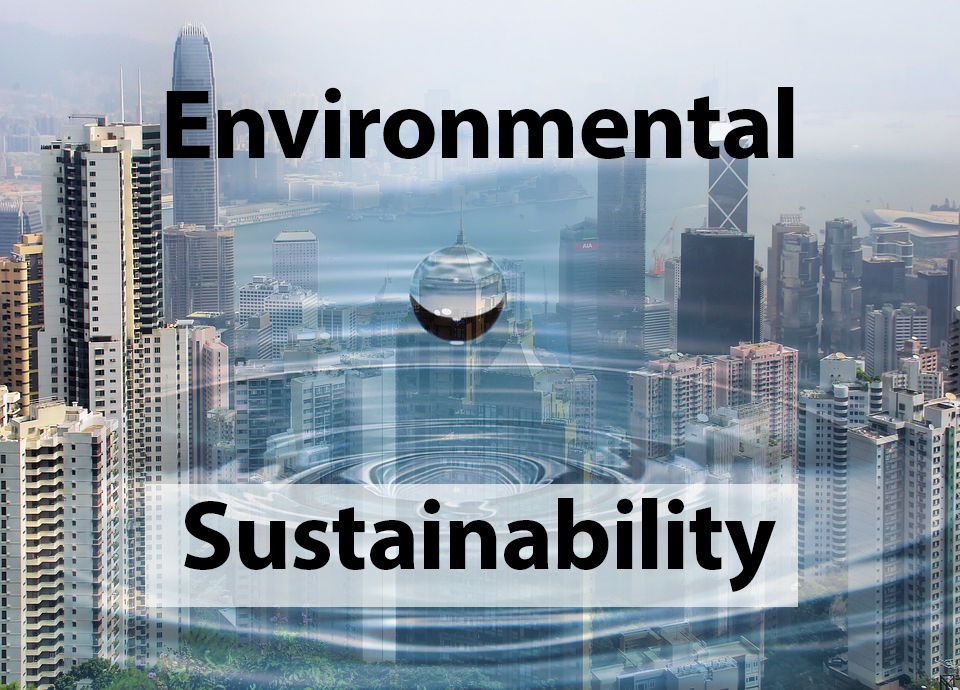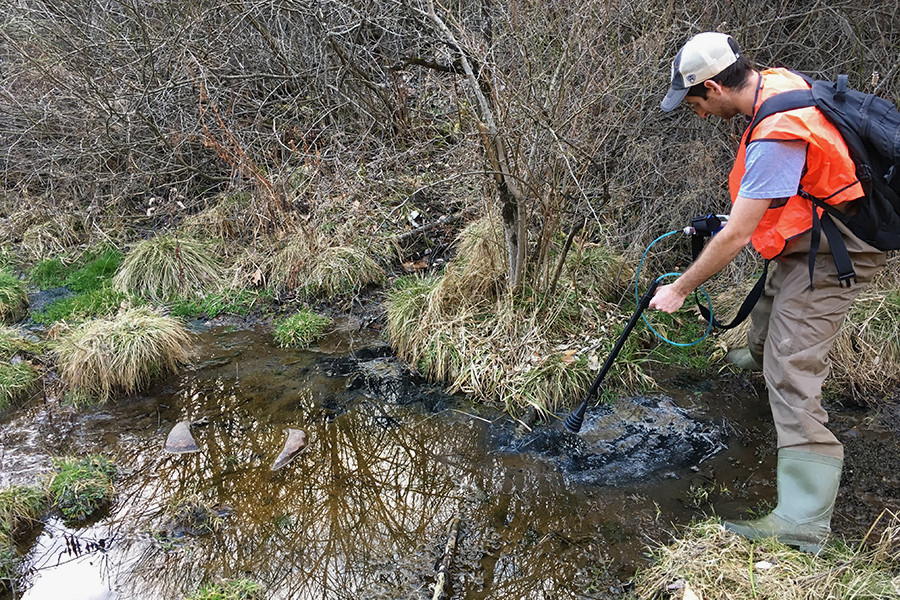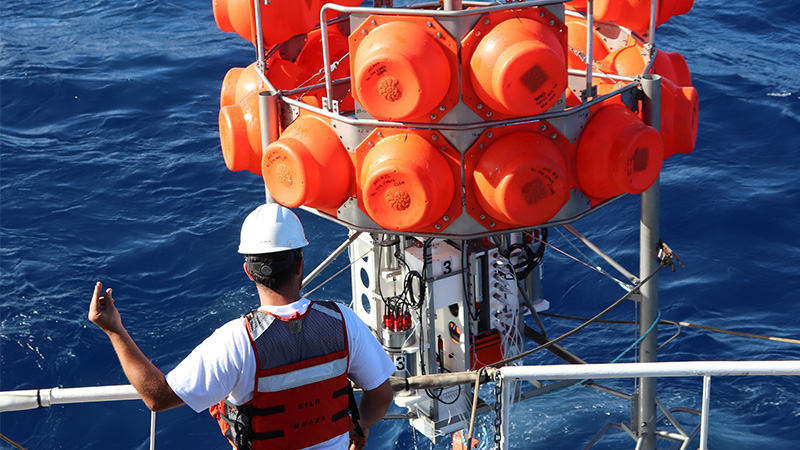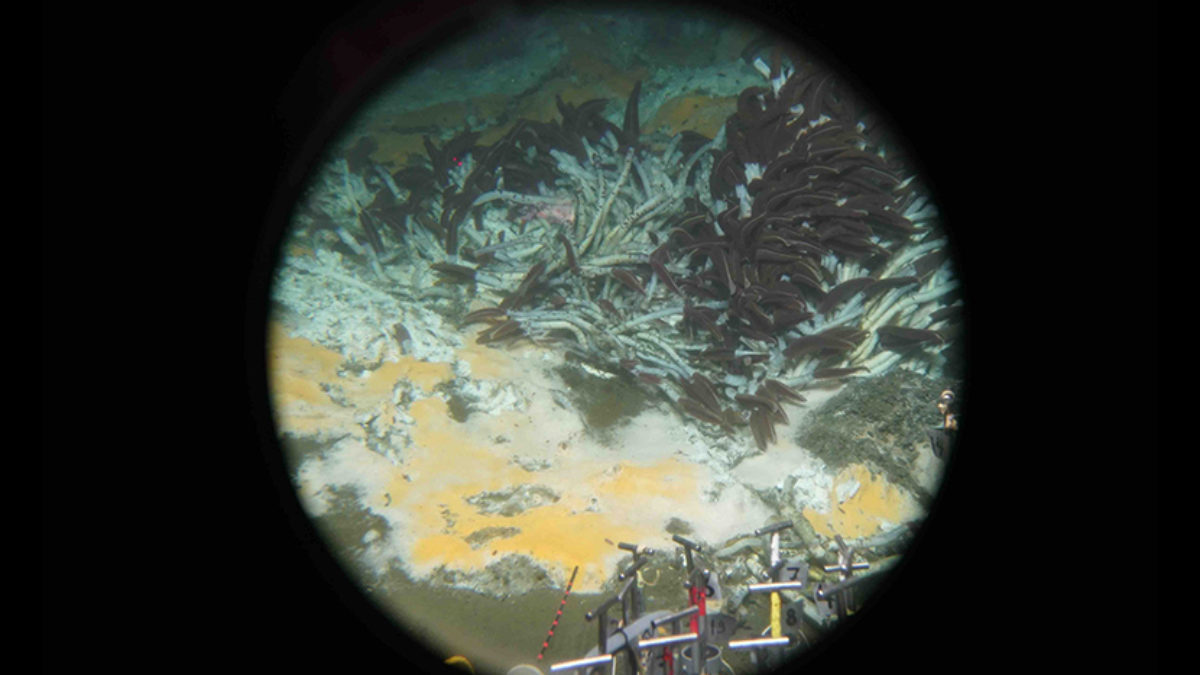China Trying to Control Weather in an Area the Size of Alaska
The Chinese government is known to be obsessed with controlling every aspect of the country, from its people to traditions and language. And now, the administration has set its eyes on trying to totally control weather. Beijing is apparently trying to change the weather in a part of Tibet, which in area equates roughly in ...













